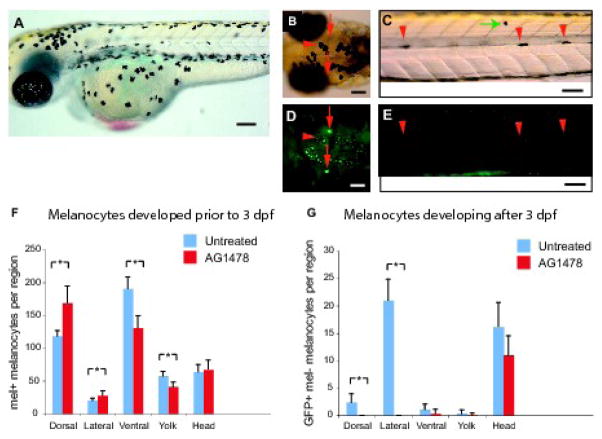Figure 3. Late-stage melanocytes in the trunk are derived from the ErbB-dependant MSC.
(A) Example of untreated animal at 3 dpf used for quantitative analysis. (B–D) Photos of Tg(Tyrp1:GFP)j900 larva at 5 dpf after treatment with AG1478 from 9–48 hpf and PTU from 3–5 dpf. Red arrows indicate melanin-, GFP+ melanocytes. Red arrowheads indicate melanin+, GFP+ melanocytes. (B, D) Dorsal head view. (C, E) Lateral view. Note absence of GFP+, melanin- cells in horizontal myoseptum of AG1478-treated embryos. GFP fluorescence in mel+ melanocytes (marked by arrowheads) is quenched by melanin in this photograph. (F) Quantitation of embryonic melanocytes at 3 dpf of untreated and AG1478-treated (9–48 hpf) animals. Note that while most melanocytes have reached terminal positions in untreated embryos (A), some melanocytes are still migrating ventrally in AG1478-treated embryo (green arrow in panel C), and are scored as dorsal melanocytes in our analysis. (G) Quantification of larval melanocytes that develop from 3–10 dpf (melanin-, GFP+ following PTU addition at 3 days) in untreated and AG1478-treated animals. In total, 40.6 +/− 7.4 late developing melanocytes are observed in untreated animals, mostly in the lateral stripe and head. In contrast, only 11.6 +/− 4.3 LDM form in AG1478-treated animals, and are notably absent from the lateral stripe. Mean value (N=10) with error bars representing standard deviation. * P-values ≤ 0.05. Scale bars 100 um.

